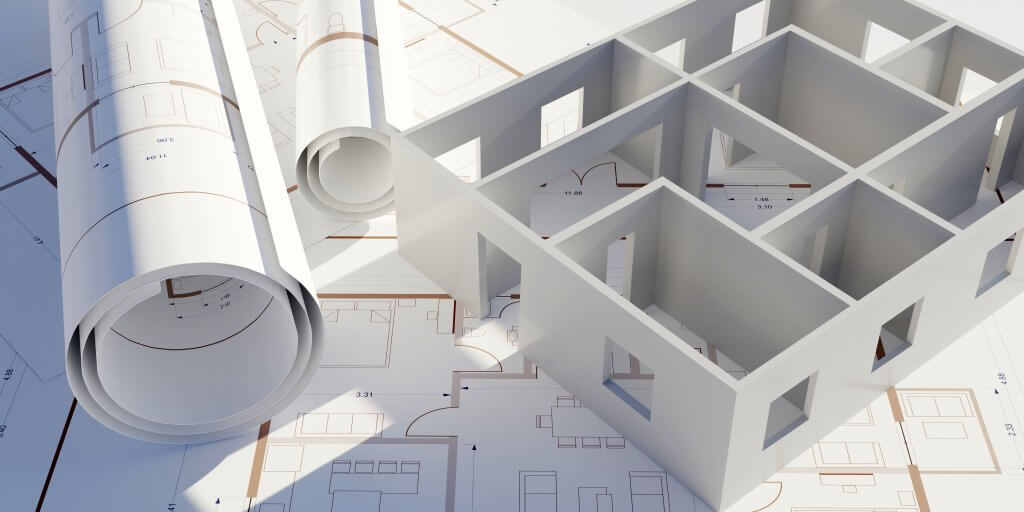April 3, 2024
In recent years, the construction industry has witnessed a groundbreaking technological advancement – 3D printed construction. This innovative method has revolutionized traditional construction practices by offering faster, cheaper, and more sustainable solutions for building structures of various scales. Utilizing cutting-edge technology, 3D printed construction holds the promise of reshaping the future of architecture and urban development.
One of the most significant advantages of 3D printed construction is its efficiency in time and cost. Traditional construction projects often face delays due to manual labor constraints, weather conditions, and material shortages. However, 3D printing technology enables the rapid fabrication of building components directly from digital designs, significantly reducing construction time. Moreover, the automated process minimizes labor expenses and material wastage, making 3D printed construction a cost-effective alternative to conventional methods.
Furthermore, 3D printed construction promotes sustainability by optimizing resource utilization and minimizing environmental impact. Traditional construction generates significant amounts of construction waste and consumes vast quantities of natural resources. In contrast, 3D printing technology allows for precise material allocation, reducing waste generation. Additionally, the use of eco-friendly materials, such as recycled plastics and bio-based composites, further enhances the sustainability of 3D printed structures. By promoting resource efficiency and reducing carbon footprint, 3D printed construction aligns with global efforts towards sustainable development.
The versatility of 3D printing technology enables the construction of complex and customizable structures with intricate designs. Architects and designers are no longer limited by conventional construction techniques, as 3D printing allows for the realization of creative and unconventional architectural visions. From curved facades to parametrically designed structures, the possibilities are endless with 3D printed construction. Moreover, the scalability of this technology makes it suitable for various applications, ranging from small-scale residential buildings to large-scale infrastructure projects.
Despite its promising potential, 3D printed construction still faces certain challenges and limitations. The scalability of 3D printing technology for large-scale projects remains a concern, as current systems are primarily suited for smaller structures. Moreover, regulatory and safety standards for 3D printed buildings are still evolving, requiring further research and development to ensure compliance with building codes and regulations. Additionally, the adoption of 3D printed construction may be hindered by initial investment costs and the need for specialized expertise.
In conclusion, 3D printed construction represents a paradigm shift in the way we build and design structures. With its unparalleled efficiency, sustainability, and versatility, this innovative technology has the potential to transform the construction industry and shape the cities of tomorrow. As research and development efforts continue to advance, 3D printed construction is poised to become a mainstream construction method, paving the way for a more sustainable and resilient built environment.
Save time and minimize risk with the most trusted contracts in the construction industry – powered by AIA Contract Documents’ next-generation platform, Catina. Request a Demo Here
AIA Contract Documents has provided this article for general informational purposes only. The information provided is not legal opinion or legal advice and does not create an attorney-client relationship of any kind. This article is also not intended to provide guidance as to how project parties should interpret their specific contracts or resolve contract disputes, as those decisions will need to be made in consultation with legal counsel, insurance counsel, and other professionals, and based upon a multitude of factors.

